You’ve probably heard that you should buy experiences, not things. But what about things that help you experience? Rebecca Rosen of The Atlantic shares research by psychologists Darwin A. Guevarra and Ryan T. Howell in the Journal of Consumer Psychology (an academic journal which I didn’t know existed).
Begin by examining why experiences provide more happiness than material consumption. […] Experiential goods fit in under this framework because they likewise can satisfy those same psychological needs. A musical instrument, for example, makes possible a sort of human happiness hat trick: Finely tune your skills, get the happiness of mastery (competence); play your heart out, get the happiness of self-expression (autonomy); jam with friends, get the happiness of connecting with others (relatedness).
You could reframe this into asking the following questions before buying something:
- Does it encourage you to become skilled at something over time?
- Does it help you express your personal voice?
- Does it help you spend time and connect with friends and family?
Of course, if you were really determined you could make anything fit into this criteria. (We could all use the Ab Blaster 4000 together!) But I think it’s still a good general guide, as you avoid things that are disposable, only provide temporary amusement, or only useful for giving the appearance of wealth or popularity.
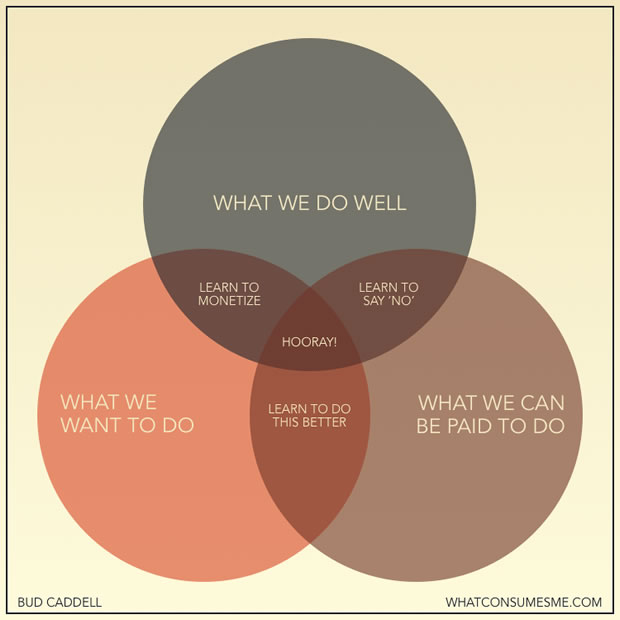
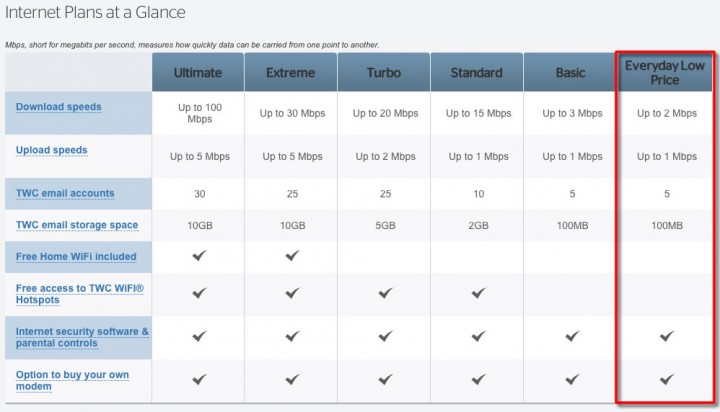

 Please consider this an addendum to my previous post on
Please consider this an addendum to my previous post on 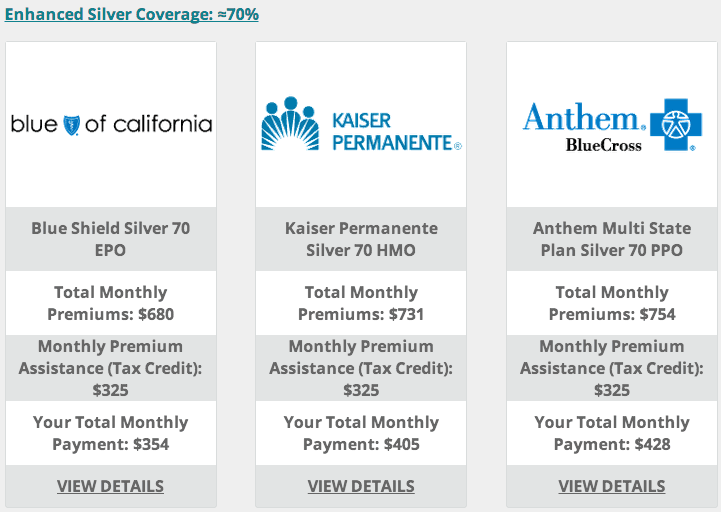
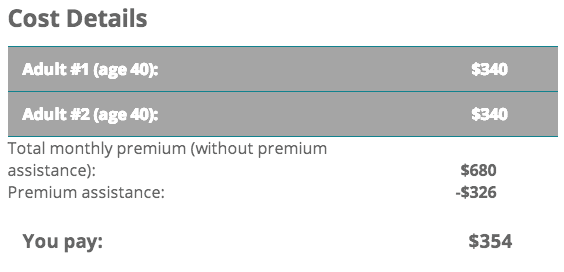
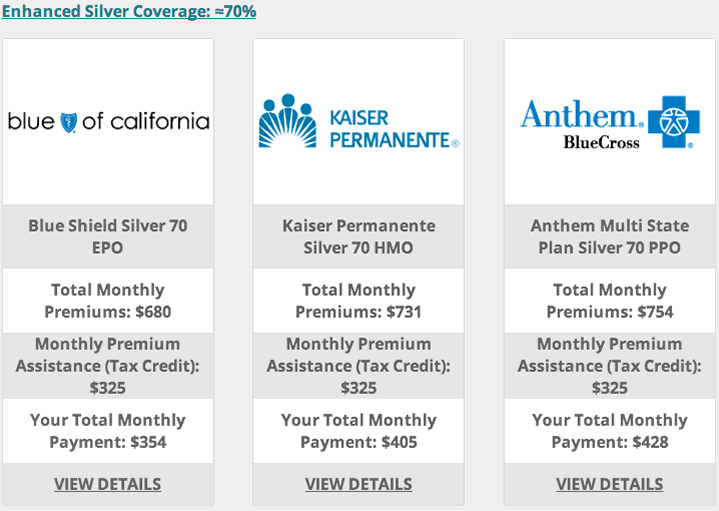
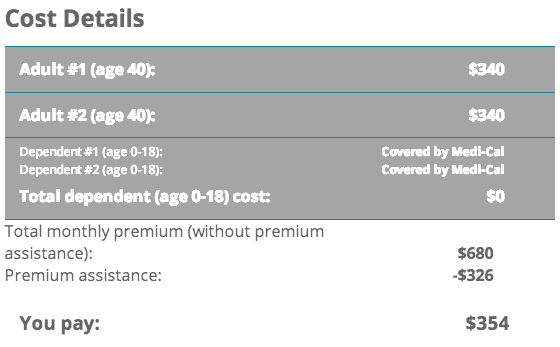
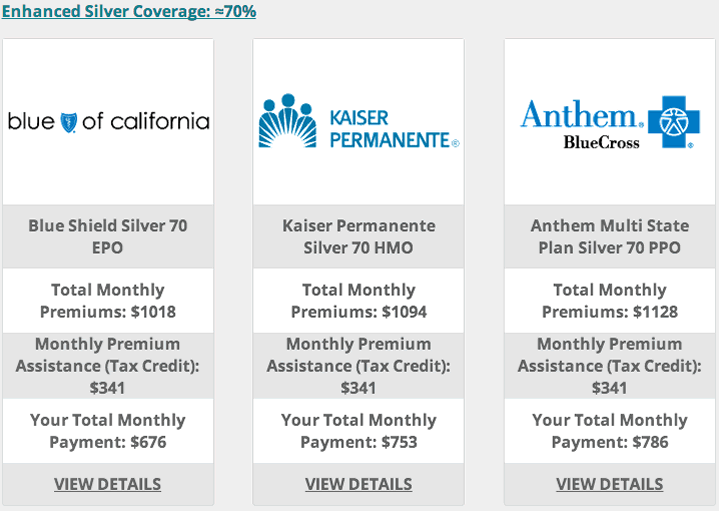
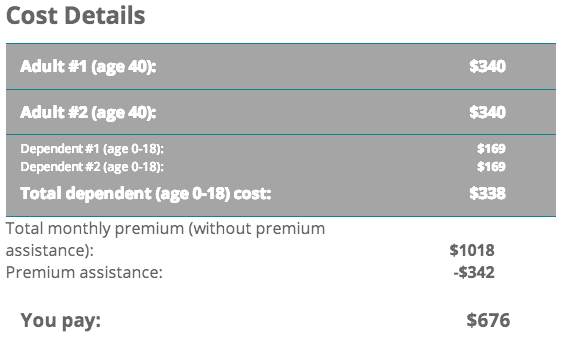
 The Best Credit Card Bonus Offers – May 2024
The Best Credit Card Bonus Offers – May 2024 Big List of Free Stocks from Brokerage Apps
Big List of Free Stocks from Brokerage Apps Best Interest Rates on Cash - May 2024
Best Interest Rates on Cash - May 2024 Free Credit Scores x 3 + Free Credit Monitoring
Free Credit Scores x 3 + Free Credit Monitoring Best No Fee 0% APR Balance Transfer Offers
Best No Fee 0% APR Balance Transfer Offers Little-Known Cellular Data Plans That Can Save Big Money
Little-Known Cellular Data Plans That Can Save Big Money How To Haggle Your Cable or Direct TV Bill
How To Haggle Your Cable or Direct TV Bill Big List of Free Consumer Data Reports (Credit, Rent, Work)
Big List of Free Consumer Data Reports (Credit, Rent, Work)